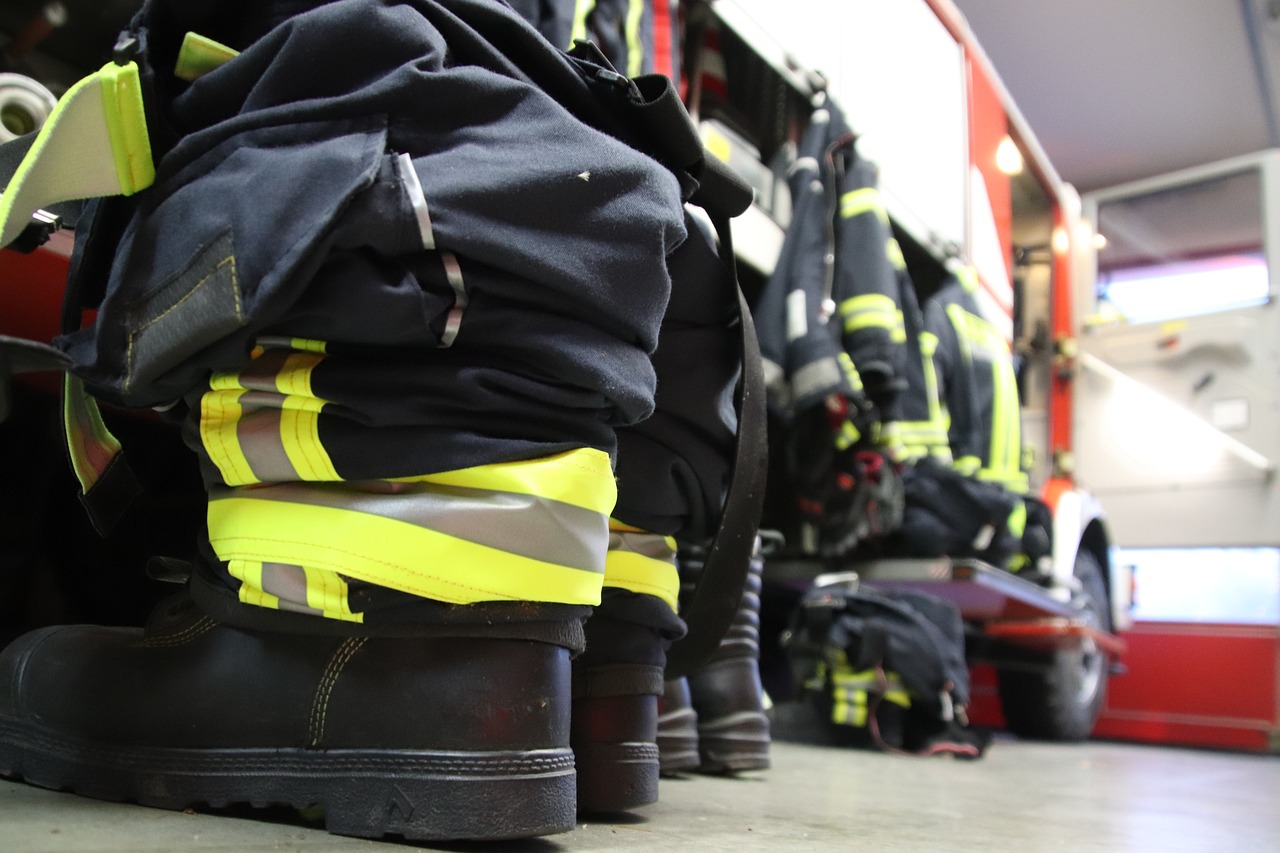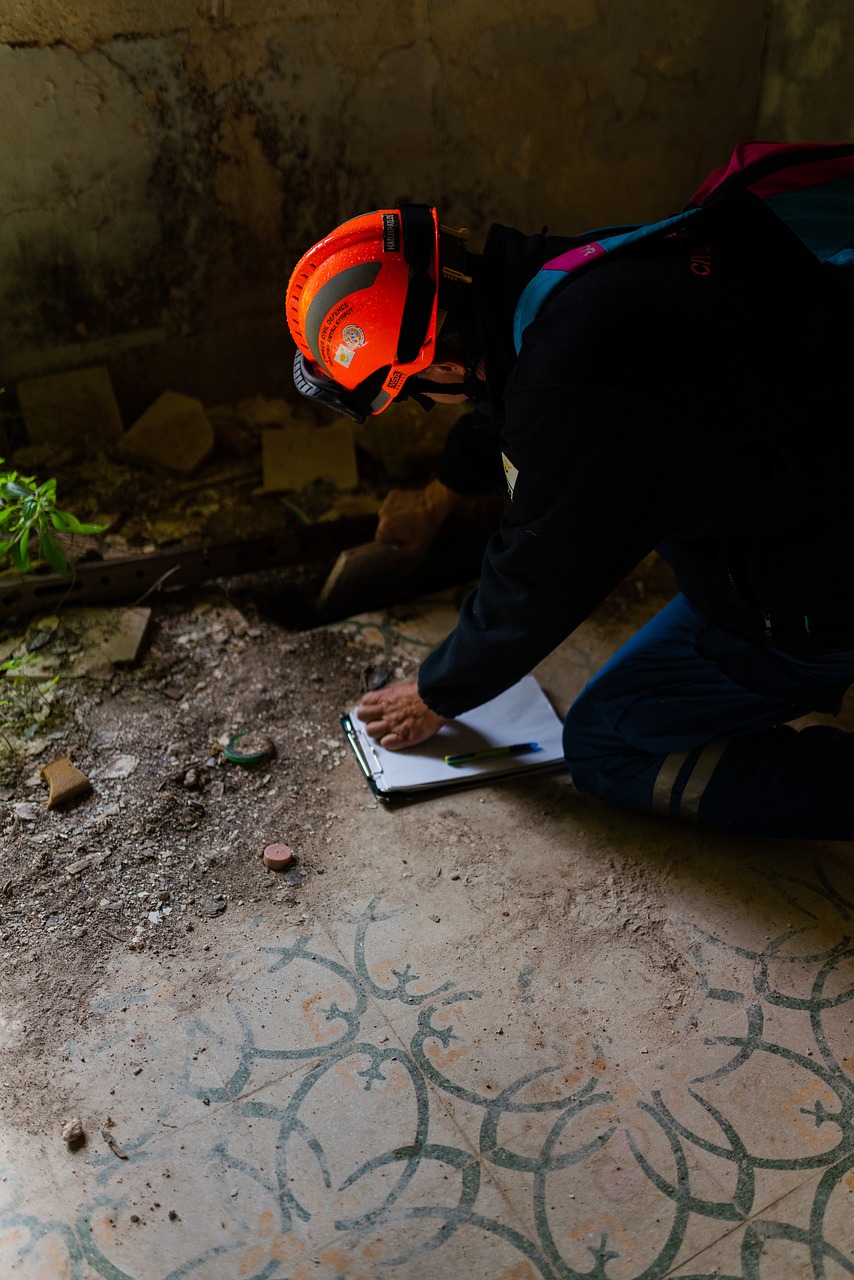The siren blares, adrenaline surges, and your feet instinctively press the accelerator. Reaching an emergency quickly is paramount, but for volunteer firefighters, the journey to the scene can be just as perilous as the blaze itself. Unsafe driving practices during emergency response can put not only your own life at risk, but also endanger bystanders and compromise your ability to effectively serve the community.
Essential guidelines for safe driving when responding to emergencies, with a specific focus on driving Personally Owned Vehicles (POVs):
Mindset Matters:
- Urgency, not recklessness: Prioritize arriving safely, not setting speed records. Every second saved on the road could be lost due to an avoidable accident.
- Clear head, clear focus: Leave personal anxieties and distractions at home. Maintain situational awareness and focus solely on the task at hand.
- Follow the law, not just protocol: Emergency lights and sirens grant no free pass. Obey traffic signals and speed limits, exercising caution even when using emergency equipment. Some states may allow drivers to go faster or disobey general traffic laws, they can also carry the stipulation that you act in the best interest of safety and even carry stiff penalties should something bad happen.
POV Precautions:
- Vehicle preparedness: Ensure your POV is in top mechanical condition with working brakes, lights, and tires. Regular maintenance is crucial.
- Clear communication: Inform dispatch and your fire station about your estimated arrival time and route, especially when responding in a POV.
- Visible identification: Display department-approved decals or markers on your vehicle to indicate your status as a responding firefighter.
Driving Techniques:
- Defensive driving: Maintain a safe distance from other vehicles, anticipate potential hazards, and avoid aggressive maneuvers.
- Weather awareness: Adjust your driving to weather conditions. Reduce speed in rain, fog, or snow, and be extra cautious on slippery roads.
- Traffic management: Use emergency lights and sirens judiciously, only when necessary to clear traffic and avoid startling other drivers.
- Intersection protocol: Approach intersections with caution, even with right-of-way. Always yield to oncoming traffic to prevent collisions.
Remember:
- Your safety is non-negotiable. Arriving at the scene unharmed is essential to effectively assisting those in need.
- Set a positive example. Safe driving practices reflect professionalism and respect for the community you serve.
- Advocate for safety procedures. Discuss concerns about unsafe driving practices with your department and advocate for clear policies and training.
By prioritizing safe driving, volunteer firefighters can ensure they reach the scene ready to serve, not become another emergency in need of response. Remember, the real heroes are the ones who return home safely after every call, ready to answer the next.
Bonus Tips:
- Consider attending emergency vehicle operation courses offered by professional driving instructors.
- Discuss implementing department-wide policies regarding POV response procedures and limitations.
- Encourage carpooling among volunteer firefighters to reduce the number of vehicles on the road.
Let’s all prioritize safe driving and make every journey to an emergency a responsible one.circle



